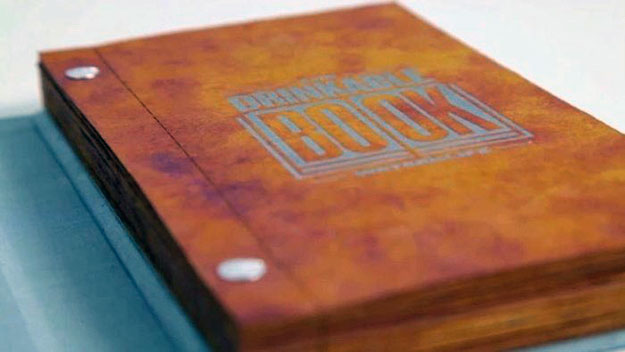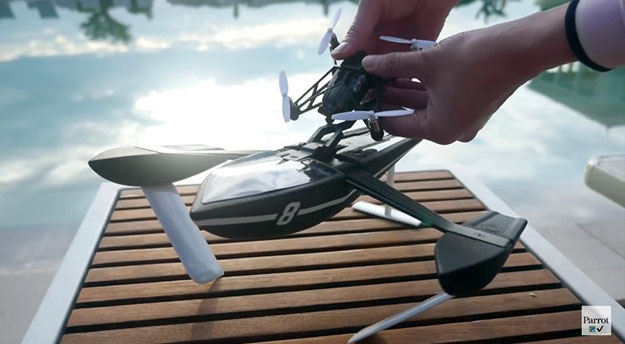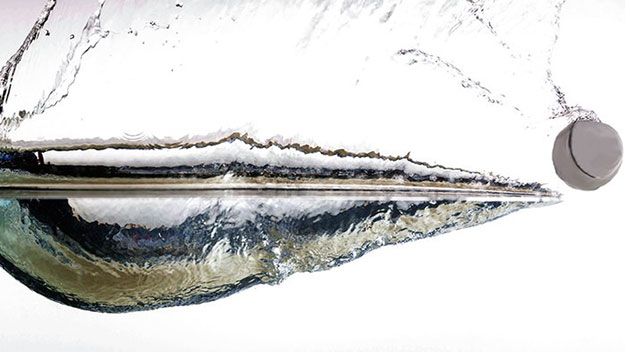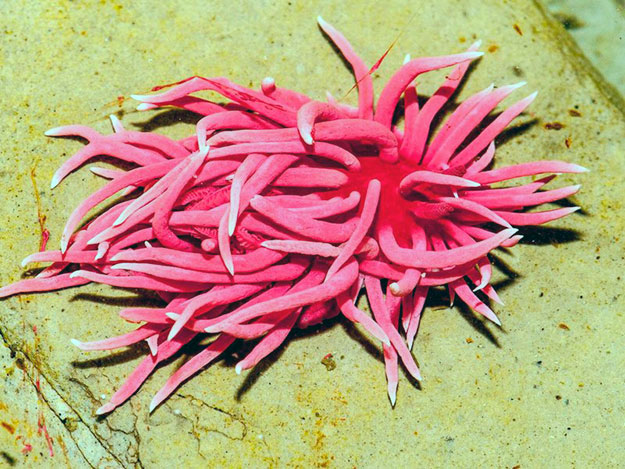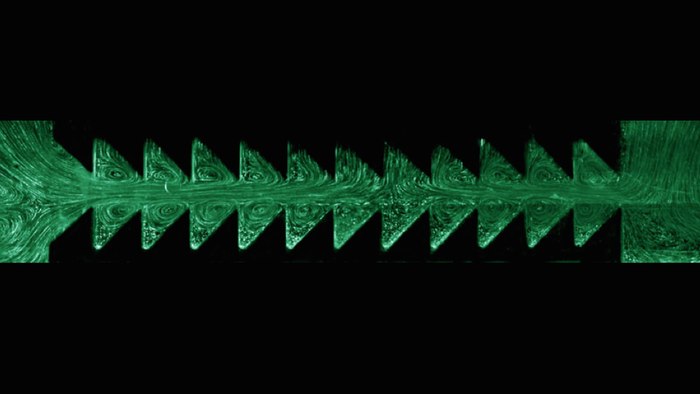For people in developing nations or rural locations, getting clean water may soon be as simple as opening a book … and ripping a page out. That’s the idea behind The Drinkable Book, developed by Carnegie Mellon University postdoc Theresa Dankovich. Each of its pages is made from a thick sheet of paper impregnated with silver and copper nanoparticles, that kill 99.9 percent of microbes in tainted water that’s filtered through it.
Dankovich began work on the technology when she was earning her doctorate at McGill University, continuing it at the University of Virginia’s Center for Global Health. She has now formed a non-profit company, pAge Drinking Paper, to get the book into production and distribution. Read more

